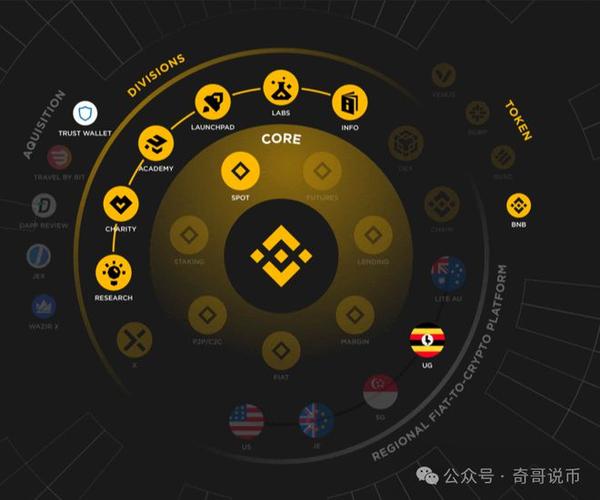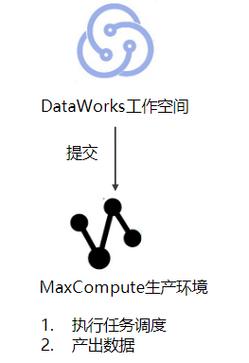
Data Visualization: A Detailed Guide for Eth
Data visualization is an essential tool for understanding complex data sets. It allows you to present information in a way that is both engaging and informative. In this article, we will delve into the world of data visualization, focusing specifically on the Ethereum blockchain. By the end, you’ll have a comprehensive understanding of how to visualize Ethereum data effectively.
Understanding Ethereum
Ethereum is a decentralized platform that runs smart contracts: applications that run exactly as programmed without any possibility of downtime, fraud, or third-party interference. It is a blockchain-based platform that enables developers to build decentralized applications (DApps) and smart contracts. Ethereum’s native cryptocurrency is Ether (ETH), which is used to pay for transaction fees and services on the network.

Before we dive into data visualization, it’s important to understand some key metrics and terms related to Ethereum. These include:
- Block Number: The unique identifier for each block in the Ethereum blockchain.
- Block Time: The average time it takes for a new block to be created and added to the blockchain.
- Transaction Count: The number of transactions included in a particular block.
- Gas Price: The price per unit of gas used in a transaction.
- Gas Limit: The maximum amount of gas that can be used in a transaction.
Choosing the Right Tools
There are numerous tools available for visualizing Ethereum data. Some of the most popular ones include:
- Etherscan: A blockchain explorer for Ethereum that provides a wealth of data, including transaction history, token balances, and smart contract information.
- Infura: A cloud-based infrastructure provider that offers APIs for accessing Ethereum data.
- Web3.js: A JavaScript library for interacting with Ethereum nodes and reading data from the blockchain.
- Truffle Suite: A development framework for building and testing Ethereum applications.
When choosing a tool, consider the following factors:
- Data Availability: Ensure the tool provides access to the data you need.
- Ease of Use: Look for a tool that is user-friendly and easy to integrate into your workflow.
- Performance: Choose a tool that can handle large data sets efficiently.
Visualizing Ethereum Data
Once you have chosen a tool, it’s time to start visualizing Ethereum data. Here are some examples of how you can use data visualization to gain insights into the Ethereum network:

1. Block Time Analysis
Block time is an important metric for understanding the performance of the Ethereum network. You can visualize block time data using a line chart, showing the average block time over time. This can help you identify trends and anomalies in the network’s performance.
| Block Number | Block Time (seconds) |
|---|---|
| 1 | 15 |
| 100 | 20 |
| 1000 | 25 |
| 10000 | 30 |
2. Transaction Count Analysis
Transaction count is another key metric for understanding the activity on the Ethereum network. You can visualize transaction count data using a bar chart, showing the number of transactions per block over time. This can help you identify periods of high and low activity on the network.
3. Gas Price Analysis
Gas price is a measure of the cost of executing a transaction on the Ethereum network. You can visualize gas price data using a line chart, showing the average gas price over time. This can help you understand the cost of using the network and identify trends in gas price fluctuations.
4. Token Balances
Token balances provide insights into the distribution of Ethereum-based tokens. You can visualize token balances using a histogram, showing the distribution of token



